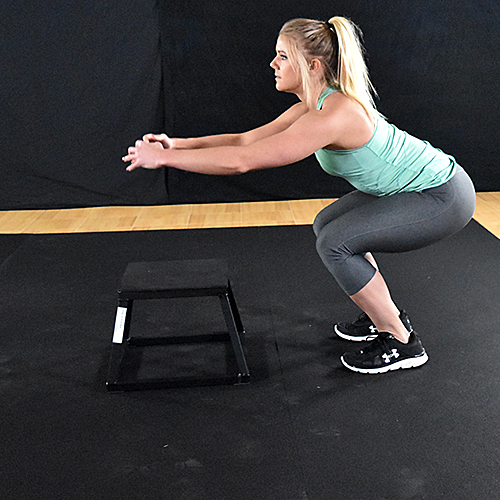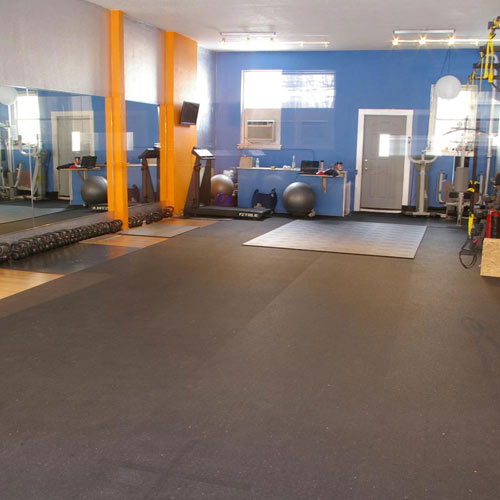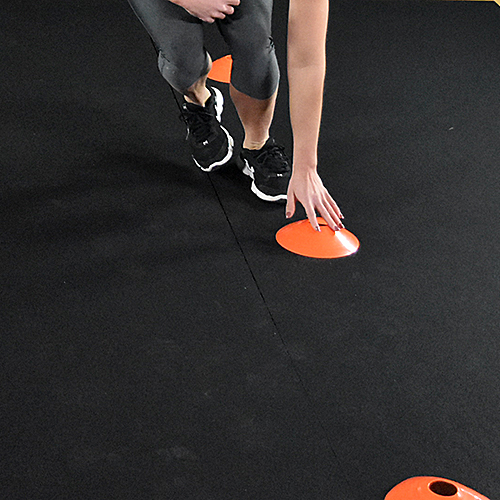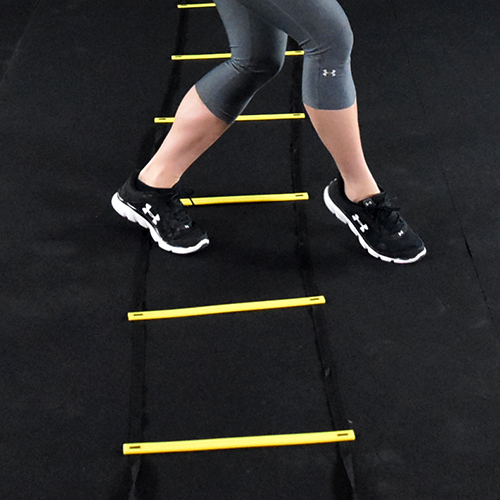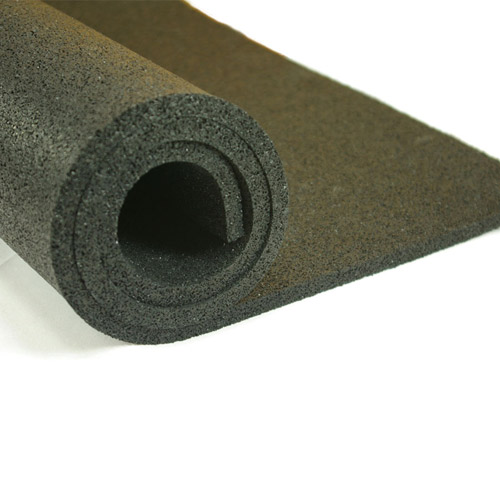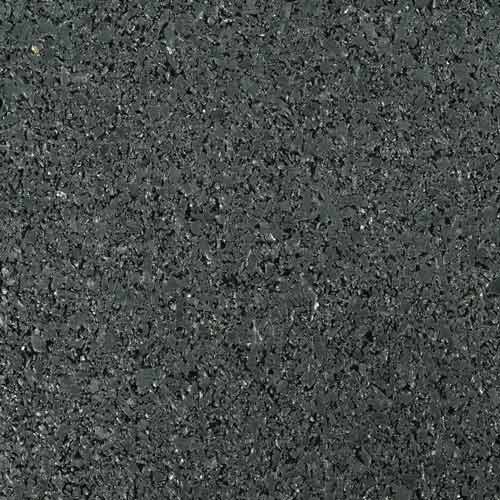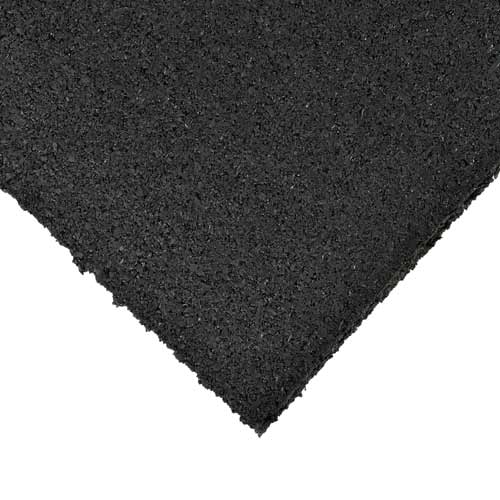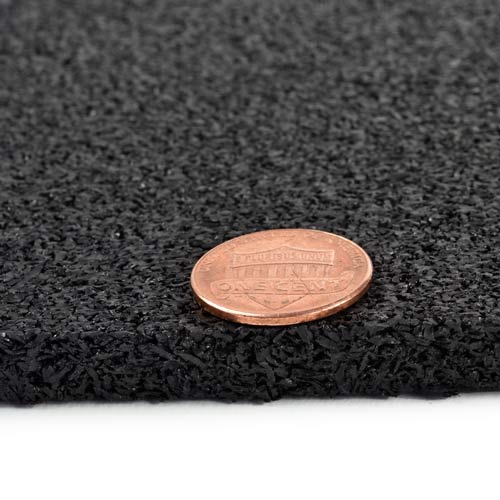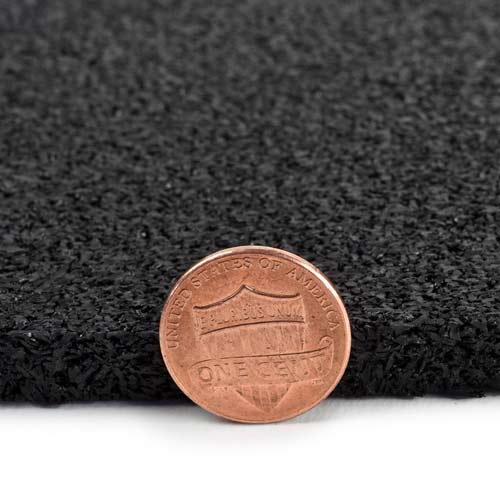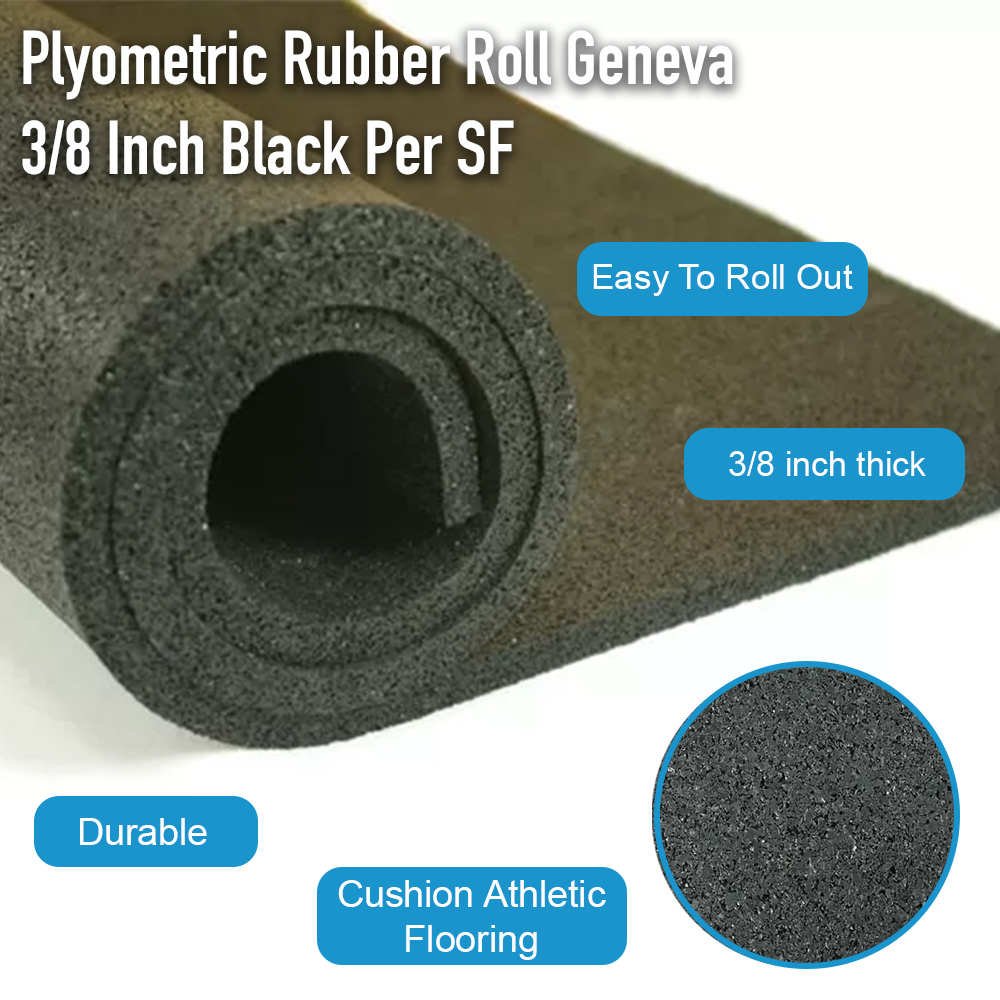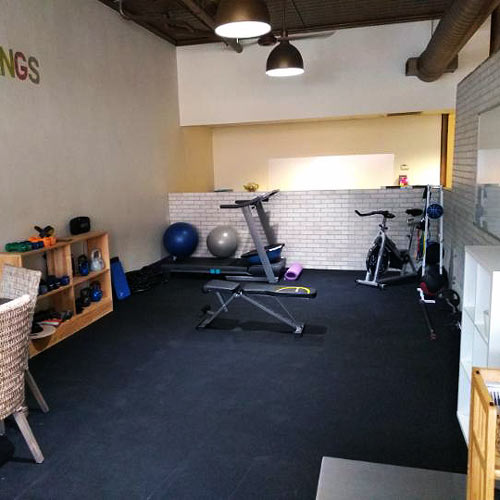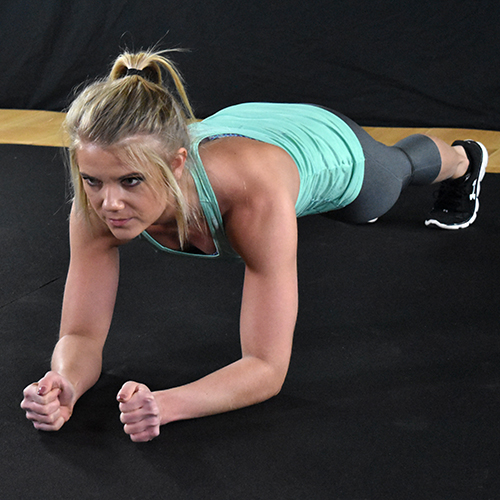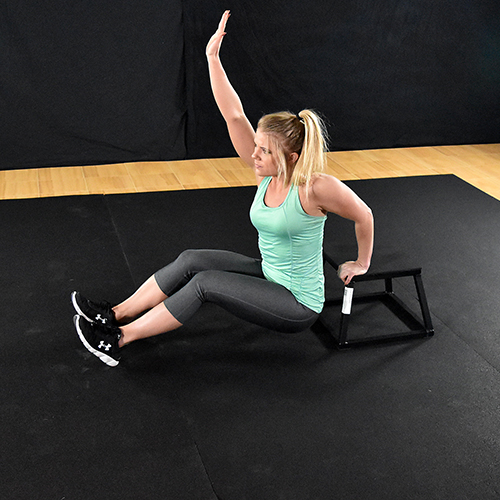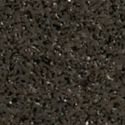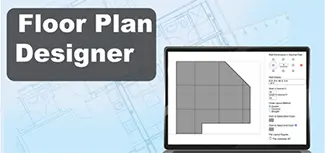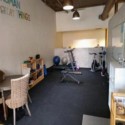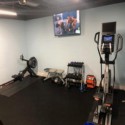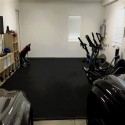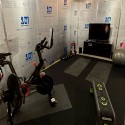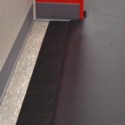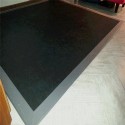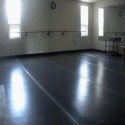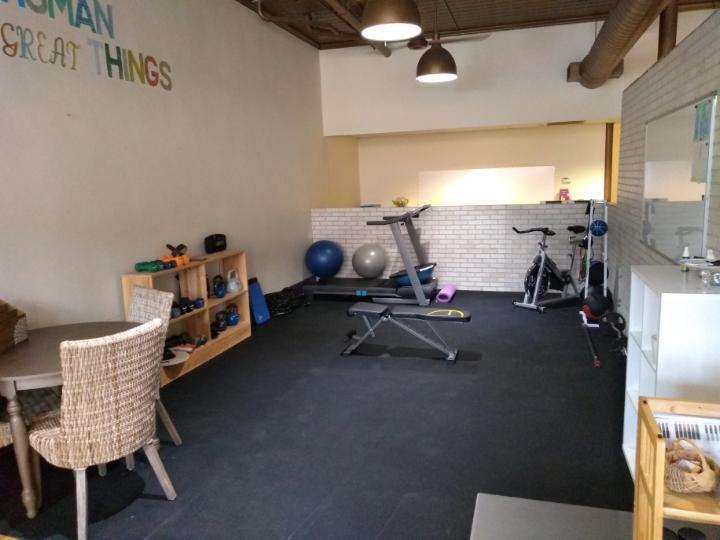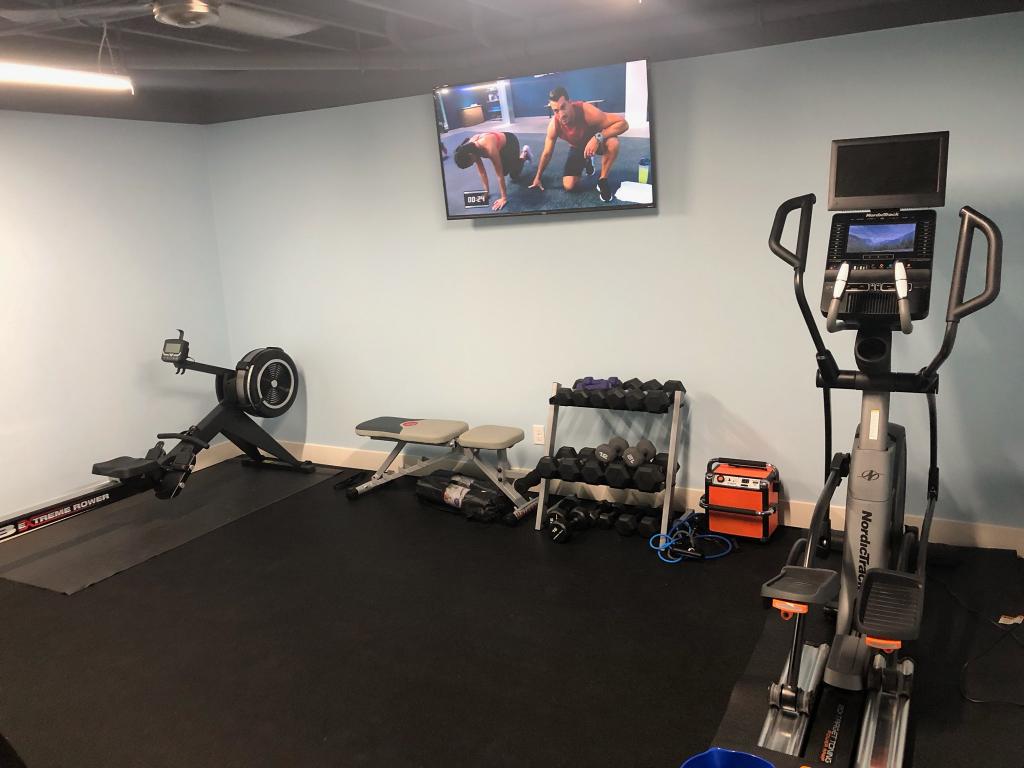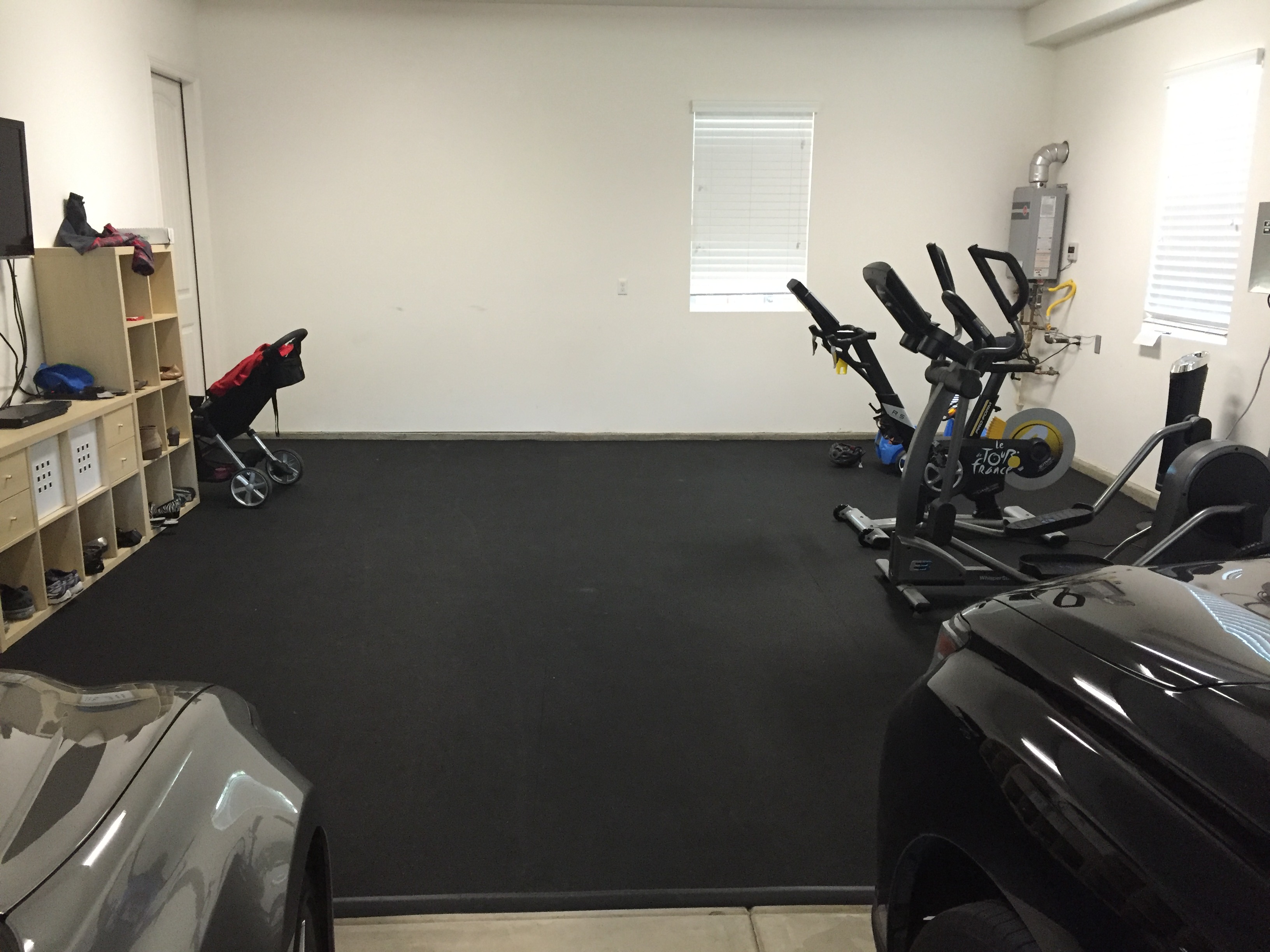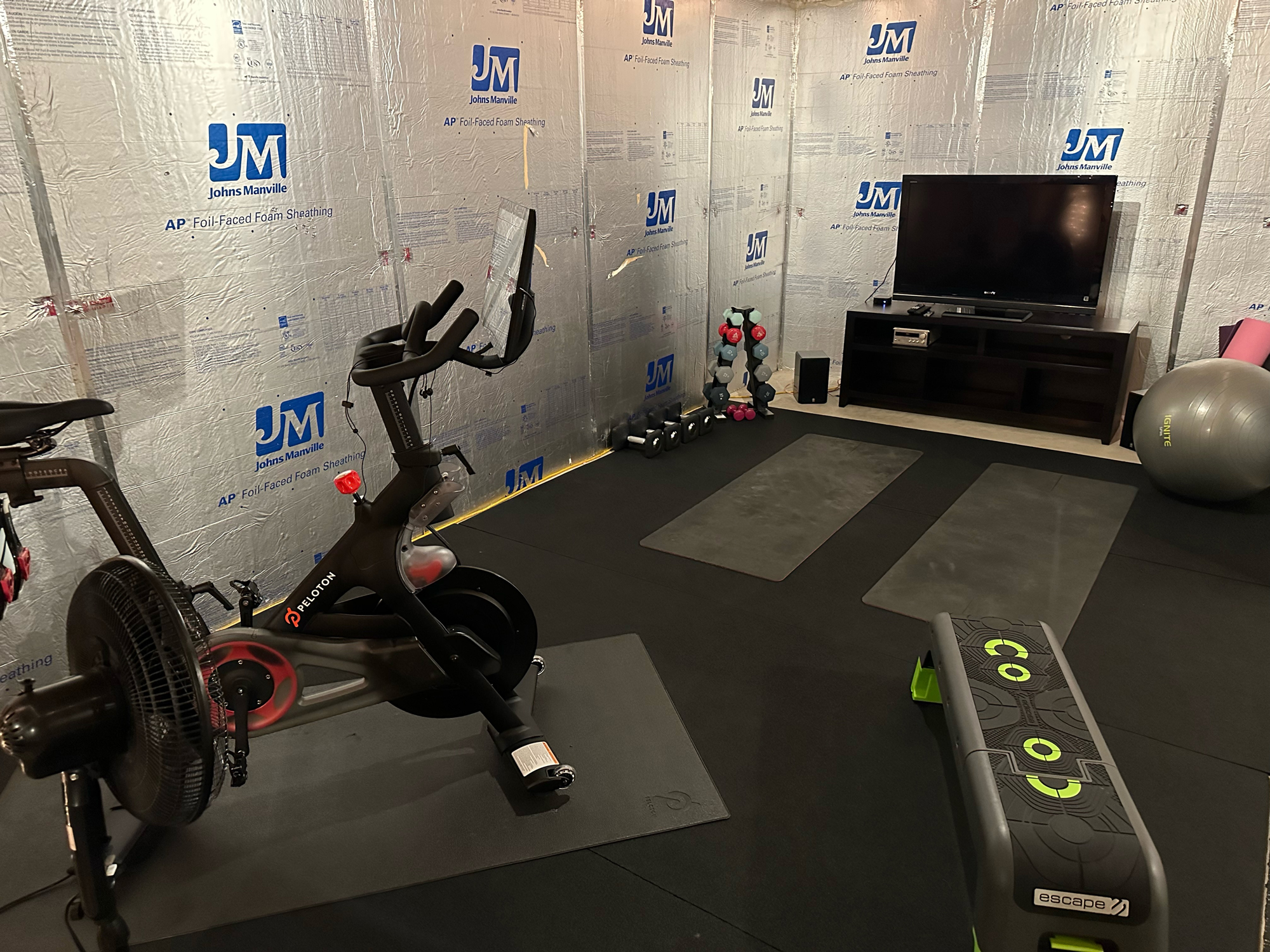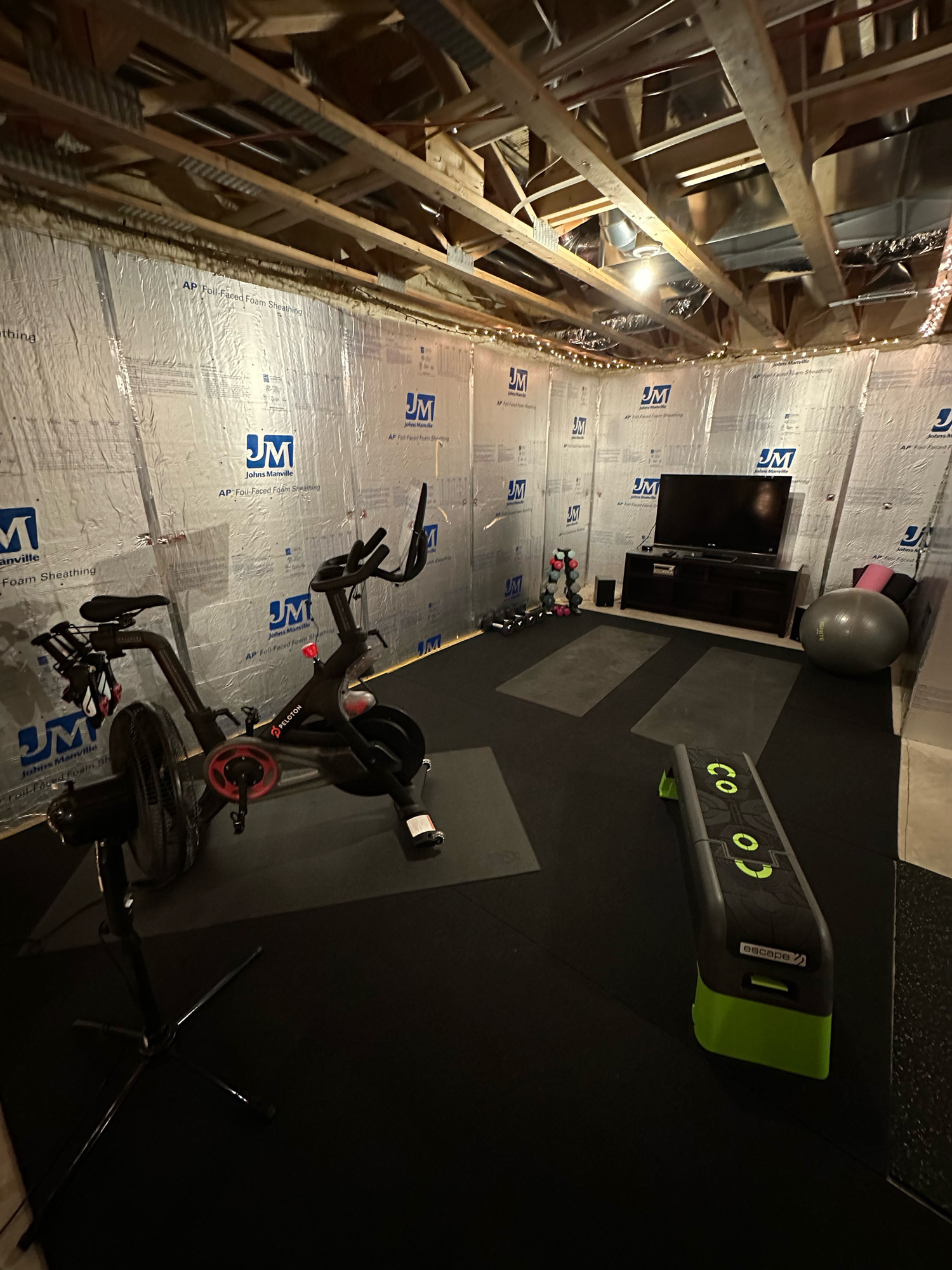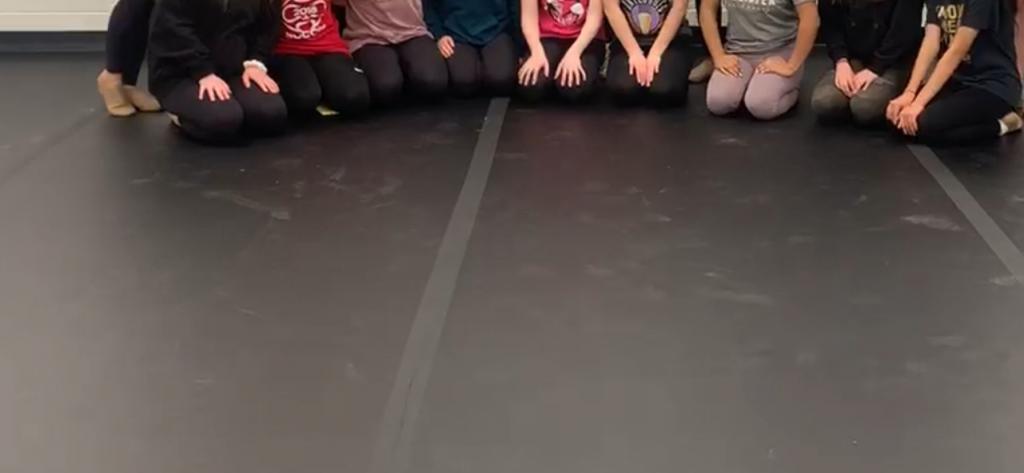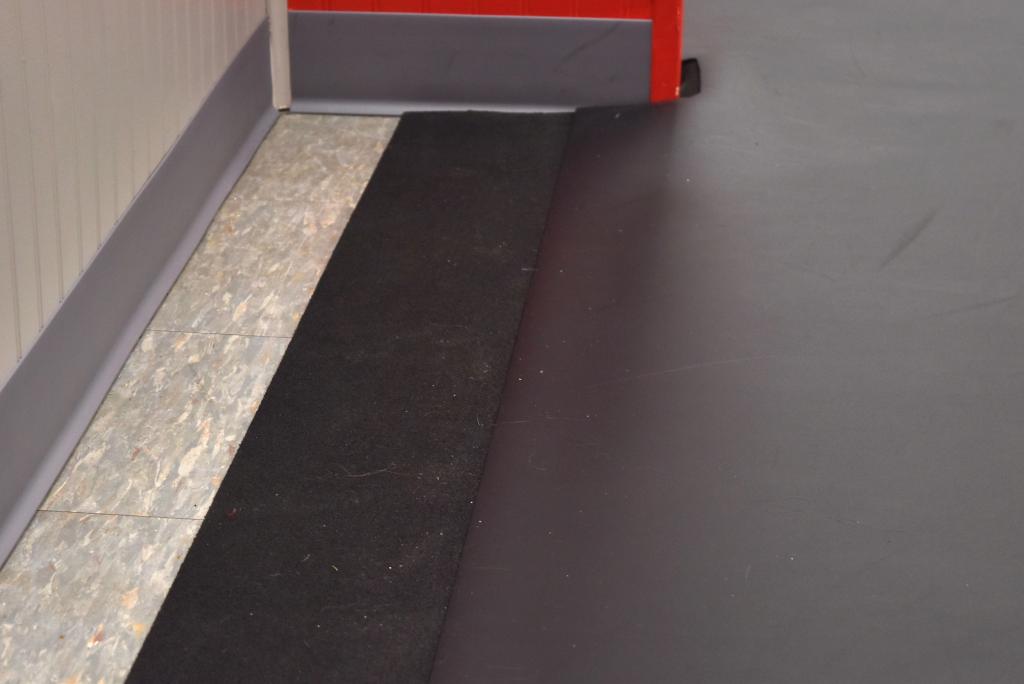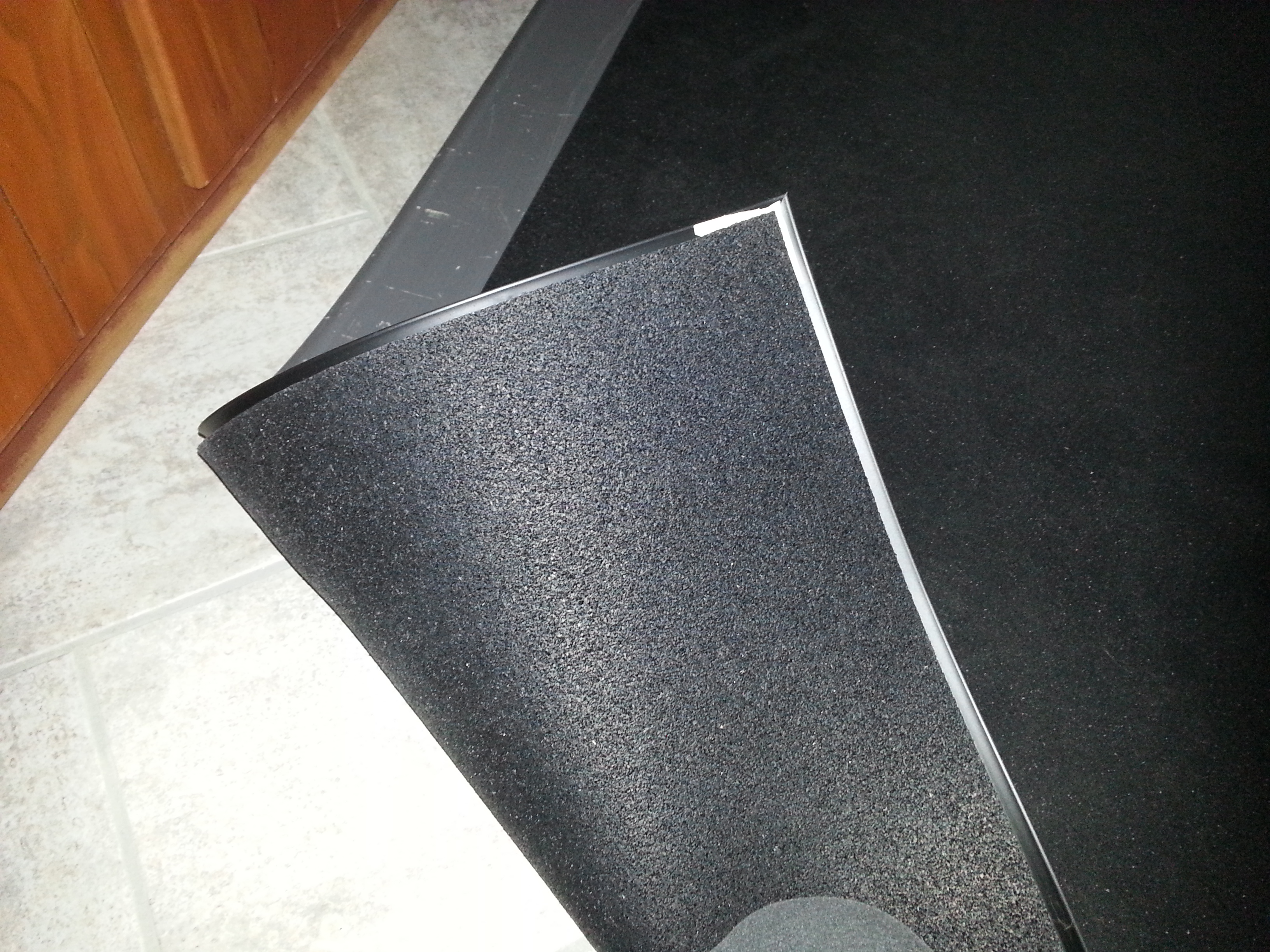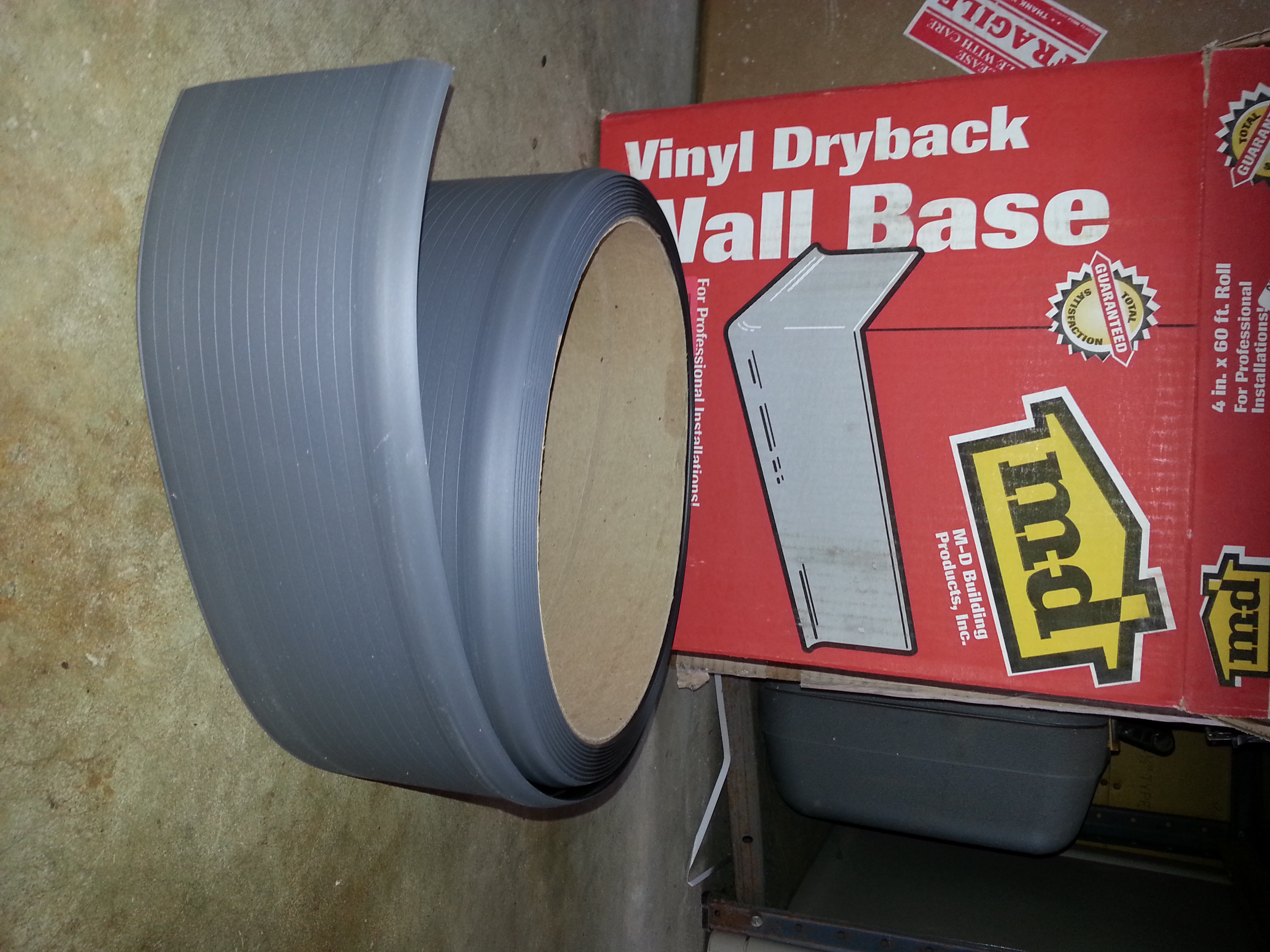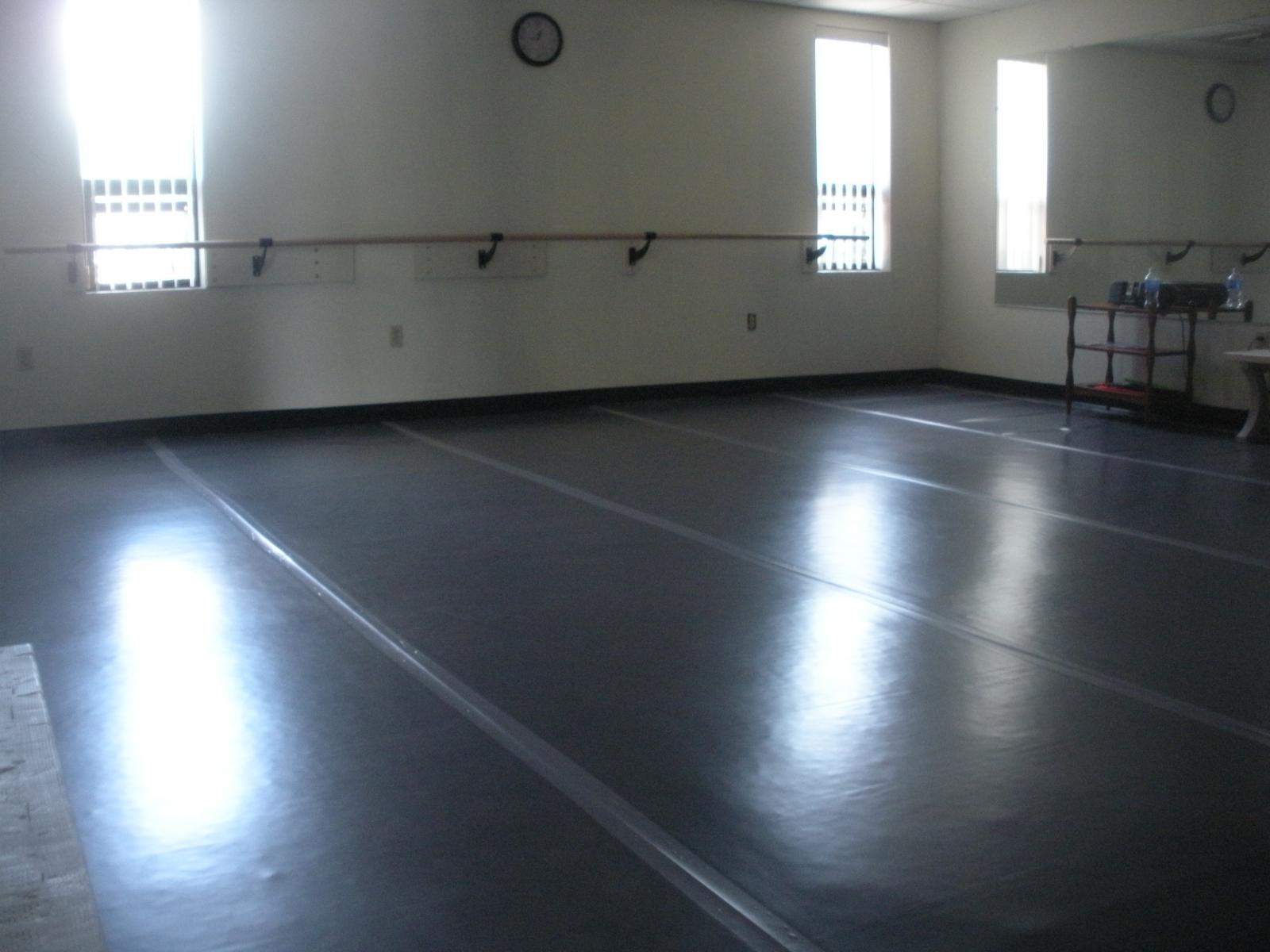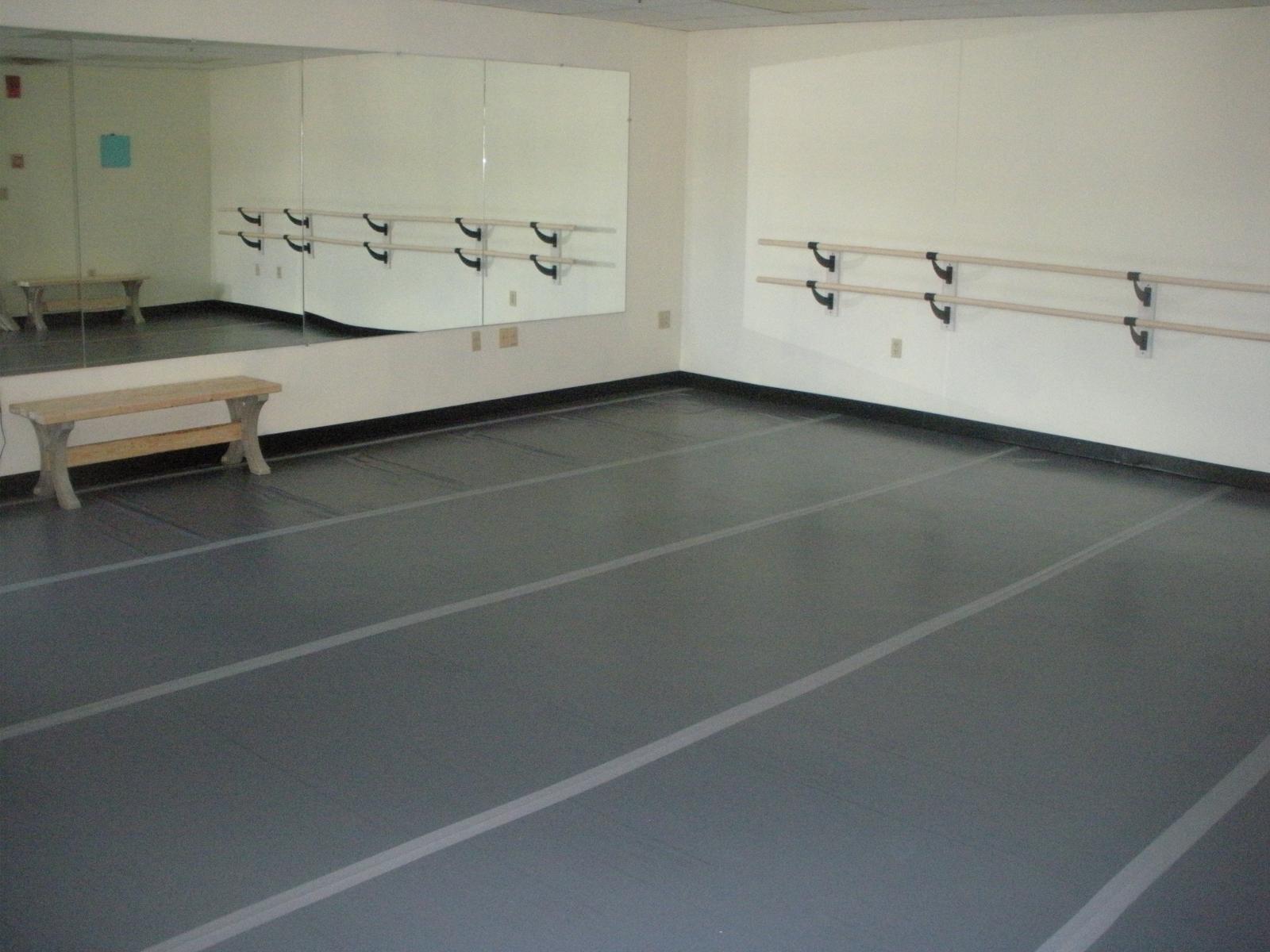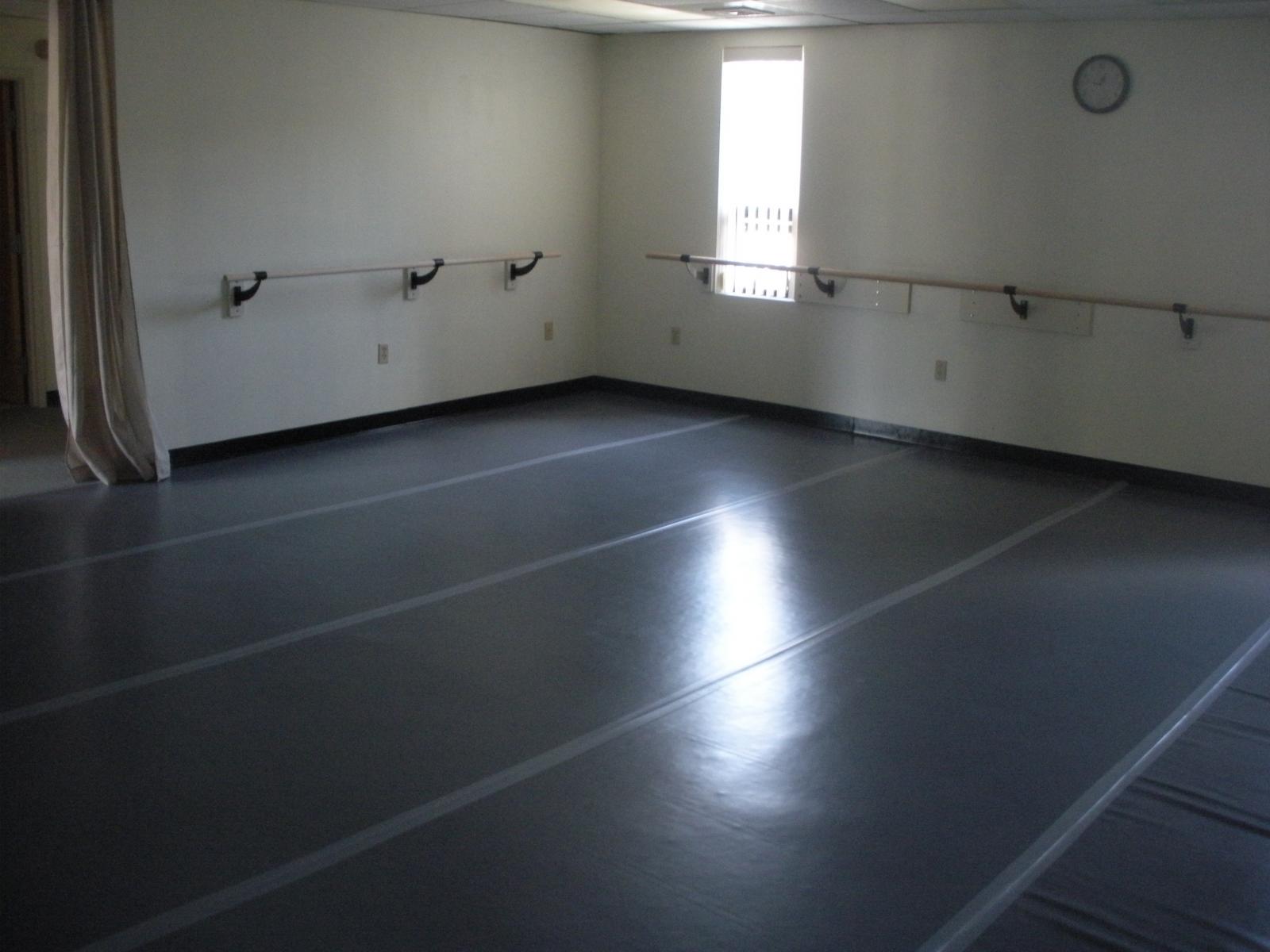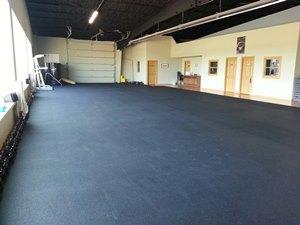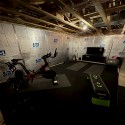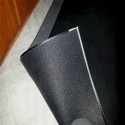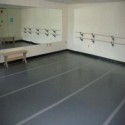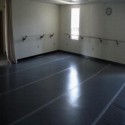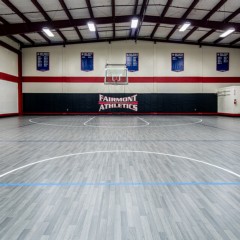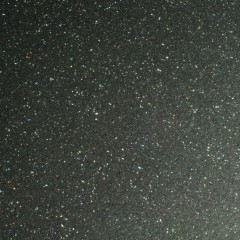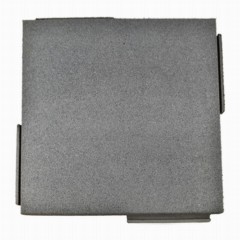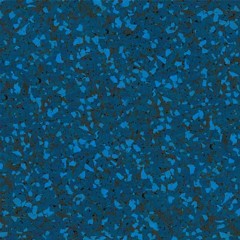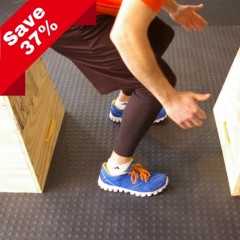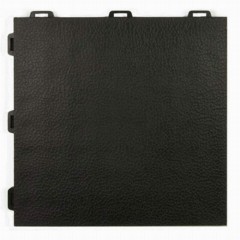Plyometric Rubber Roll Geneva 3/8 Inch Black Per SF
- Protect joints with cushioned athletic flooring
- Easily install with 4-foot wide rolls
- Tape or glue-down installation
- See More Details
- Protect joints with cushioned athletic flooring
- Easily install with 4-foot wide rolls
- Tape or glue-down installation
- Durable enough to support use of athletic shoes
- Custom order size options
- Eco-friendly with 90% recycled rubber
- Softer than other types of rubber flooring
- Versatile for homes or commercial facilities
Plyometric Flooring, Plyoaerobic Flooring, Rubber Gym Flooring, Athletic Sports Flooring, Commercial Gym Flooring
NOTE: This item is a custom order and is not returnable.
Use a Plyometric Rubber Roll for Protecting Athletes
Workouts involving plyometric exercises can be a great way to build explosive muscle power. However, many of the movements involved are hard on the lower body joints of the athletes.
Our plyometric rubber roll can alleviate some of those injury concerns, as it delivers the perfect mixture of cushion and firmness.
Plyometric rubber flooring helps athletes receive the sure footing and traction they need to make quick, powerful movements. The cushioning allows you to work out for longer. It has a lower density than typical rubber gym flooring, making it softer and giving it more cushioning.
Consider a Plyometric Rubber Roll for Underlayment
Gym owners who want to offer these types of workouts will appreciate our plyo floor because of its versatility. Our 3/8-inch thick rubber roll works as a primary plyometric mat, as it’s durable enough for use with athletic shoes.
It also works for aerobics, HIIT, and plyoaerobics.
Because it works with a dry lay installation, you can easily use it as an underlayment before rolling it back up afterward.
Eco-Friendly Plyometric Rubber Roll
When you want a rubber mat roll that consists of material that’s friendly to the environment, ours is the ideal selection.
It consists of 90% post-consumer recycled rubber material, meaning you can qualify for LEED points. Manufacturing processes and using these rolls ensures that old rubber products do not end up in the landfill.
Even though you are selecting a recycled rubber product, you do not have to sacrifice durability. Each of these rolls carries a 5-year manufacturer warranty, so you’ll receive a good value over time.
Disclaimer
Please Note: Cut lengths for rolled rubber products are provided as a courtesy at no additional cost to customers. In some cases, the manufacturer may provide a cut length within two pieces of material. In other cases, the manufacturer may send material that is over or under the specified square footage. In all cases, the manufacturer is required to supply the overall amount of material per order. It is common for rolled rubber jobs to have butt seams or cut end seams within one roll or run.
Any black recycled rubber material can have minor variations in the intensity of the black color. The rubber flooring can have a shading look when the product changes direction when placed on the floor. This occurs due to the way light is reflected and how the human eye sees the color. Installing the product in the same direction can diminish the appearance of color differences.
Maintenance
Damp mop with neutral pH floor cleaner.
Shipping
Ships via freight delivery only, shrink wrapped on pallets.
Please review our shipping disclaimer.
| SKU# | 404F-38Inch |
| In Stock | Yes |
| Product Type | Roll |
| Material Type | Rubber |
| Product Edging | Straight |
| Thickness | 3/8 inch |
| Width | 4.00 feet |
| Length | 1.00 feet |
| SF per Item | 1.00 |
| Weight | 1.80 lbs |
| Packaging | Cartons |
| Non Absorbent | Partial |
| Special Adhesives | Yes |
| Interlock Loss | 0.00 feet |
| Material Hardness | Shore A 47 |
| Interlocking Connections | No |
| Made In | USA |
| Surface Finish | Smooth Flat |
| Surface Design | Solid Color |
| Installation Method | Dry lay, tape or glue down on hard flat surface |
| UV Treated | No |
| Reversible | Yes |
| Border Strips Included | No |
| LEED Points | Yes |
| Manufacturer Warranty | 5 Years Limited |
Product Questions:
Q: Can a ball bounce on this?
Q: Would this work on a low pile carpet? We have some low pile carpet down in our garage (converted to a media room).
Q: How would this work in a Zumba studio?
Q: Can this be used as a subfloor underneath a glue-down engineered hardwood floor? I Need it for dance. And does it smell?
Q: Can this product be used as a subfloor for a regular wood floor installation over a concrete slab?
Q: Could this be installed with a cork floor on top of a concrete slab?
Q: Does it smell or outgas at all?
Q: We have a deck above our offices, and it is very loud when people walk across it. Would putting this on the deck above be a good way to reduce the footstep noise in our offices?
Q: I have an application for this type of material that requires a wheeled office chair to be used. Will this matting allow an office chair to roll easily with a person sitting in it?
Q: I would be putting this rubber matting over ceramic tile flooring that has 1/4-inch grout lines. Can I still put this directly over that flooring and then my marley on top of that for ballet and contemporary modern dance?
Q: Could this be put down over a gravel floor in a machine shed? It would be mostly in front of the bench work area to stand on, but also an area to work on something.
Q: If I lay Marley over this, would you be able to hear tap shoes? Or do I have to add a layer of wood between the Marley and rubber?
Q: Is this good flooring for a yoga studio?
Q: We are turning a part of our house into a dance studio. We have concrete floors, so we know we will need a subfloor. We are trying to accommodate both pointe work and tap dancing on this floor. Can you tell us the best way to do that?
Q: What type of glue do I need for installation on concrete? Spread or spot? And do you sell a transition threshold for a doorway?
Q: Will this work for animals?
Q: Is the plyometric rubber durable enough to put workout machines on?
Q: I'm building out the back of my SUV, and I want a relatively soft, cushiony base on which to place a wooden bed frame, etc. Regular rubber would be a little too hard for what I have in mind. How soft is this product, and is it reasonably easy to cut to fit the contours of the truck floor?
Q: Can this product withstand the dropping of metal plates and dumbbells?
Q: Is this suitable as a subfloor under Marley for pointe ballet?
Q: I am seeing that this is good for ballet and pointe but that it absorbs some tap sounds. We currently have 3/8” thick foam under Marley. Would this have less sound reduction than foam?
Q: I have the Rosco Adagio flooring over foam tiles and plywood right now for our dancers. Could I replace the plywood with the plyometric rubber flooring over the foam tiles? My dancers do multiple kinds of dance, including tap and pointe.
Q: Does this plyometric floor mat come with accent colors? Is it appropriate for gymnastics, fencing, track, etc.?
Q: How do you clean this plyometric rubber flooring?
Q: Does this flooring come only in a rough surface, or can it also have a smooth surface?
Customer Rating:
04/25/2019
Thank you so much for your help with the selection and purchase of the flooring for our home gym. The flooring is better than what I had expected, and I had high expectations. It is amazing that we were able to make this room our of part of a large storage area in our basement.
Christopher
Fort Wayne, IN
Customer Rating:
03/16/2016
I bought 5 rolls of the plyometric rubber. I installed it myself to make a home gym. We put some exercise machines on top and also use it extensively for HIIT workouts. I have found the rubber to work great for this purpose. It is not too hard on the joints and has not slipped. I used carpet tape to keep it in place. It took me about 12 hours to install but came together quite well and easy for someone who does not do this work very often. It stays pretty clean but picks up some marks at times. We vacuum it once a week and that keeps it quite clean. Greatmats was terrific in counseling me about picking the right flooring to use for the purpose I described. It was delivered on a pallet. The truck was able to put it directly into my garage. Thanks.
Kurt
LaVerne, CA
Customer Rating:
01/11/2023
We installed our 3/8'' GreatMats flooring in our home gym in 2020 and it has been a great way to finish off our home gym (for an unfinished basement). It is easy to keep clean and has been very durable! We like it so much we are ordering more to add on to our gym area.
Kyle
Hudson, WI
Customer Rating:
09/07/2020
The product was what I expected. The issue I have, which will not prove costly I suppose is that one of the pieces we ordered was not the correct length and had a small section missing (like a rip). I had emailed the representative, sent images (twice) and requested some sort of response, but I continue to be ignored. This section is open and exposed to people and therefore not very appealing in the open. We are in the process of building a brand new building, and though I'm not one to be ''that'' guy, I have to say that I will be shopping around for a new provider since GREATMATS seems to not care about providing excellence in customer service. Our new space will be roughly 3000 sq feet and were planning on purchasing the same flooring for the new space.
This was all over the fact that one 30' piece was too short, had a visible chunk missing and I have been ignored by our rep. So very disappointed.
Robb
Bradenton, FL
